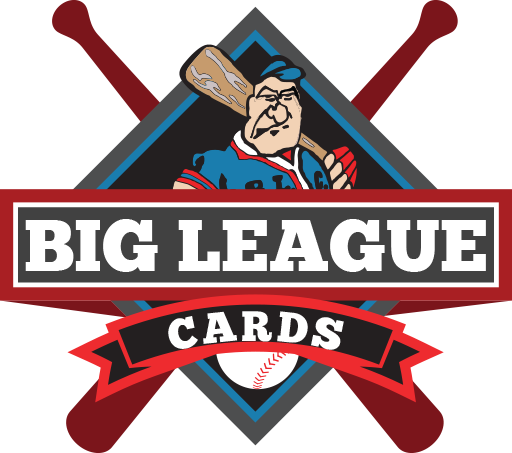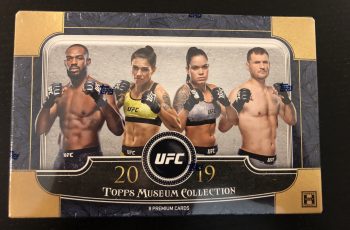Inside the Pack: Retail Sports Cards are a Hot Commodity. What That Means for the Hobby is Up For Debate
There’s a photo that’s been making its way around the Twitter sports card community following some high profile retweets. The photo shows a throng of people standing in line at a Meijer store while the sports card vendor restocks the shelves with fresh 2020 product.
The photo produced a good amount of outrage from people who felt it encapsulates what’s “wrong” with the hobby. While the sight of an angry mob waiting fresh cardboard may be shocking, I saw it and had the total opposite thought — it looks to me to represent what’s right with the hobby right now. There were a few main themes to come out of the comments on Twitter, and I’m here to debunk them all.
“There are no kids in the picture”/“No one is leaving any product for kids” — There’s a reason there are no kids in the picture — kids don’t typically drive themselves to the supermarket in the middle of a weekday to buy baseball cards. Besides the fact that “leaving product for kids” isn’t a rule (I’ve always wondered how fans of this unwritten rule think the product left behind will end up in a kid’s hands and not those of another adult collector or flipper), there is product for kids on the shelves. It’s lower-end, less-appealing product lines, yes, but it’s there. Not to mention most kid collectors are buying into box breaks and ordering product online.
“Higher demand means higher print runs” — This isn’t necessarily true. Most products haven’t seen a drastic increase in print run over the past few years. One variation of this trope says that if demand is high, the companies will produce more product lines, thereby flooding the market with cards. Ignoring all the practical implications of introducing a new product line (design, graphics, trademarks, packaging, etc.) I don’t think more products necessarily means anything negative in a market as strong as this one.
“If this continues, they’re going to stop selling cards in retail stores” — Wh…what? I saw this line of thinking from three different people and I can’t make sense of it. Why would a company stop selling a product so popular they literally can’t keep it on the shelves?
“They’re flippers”/“They aren’t collectors“/“They don’t even care about cards or sports“ — So? Are we under the illusion that every person who makes money has a passion for their job? Everyone who owns a candy store loves candy and knows everything about it? Yes, card collecting is a hobby, but for many it’s also a business. The card companies make money, the distributors make money, the stores make money, the breakers make money, the dealers make money, and now, yes, there are flippers who make money.
For some reason, card collectors have long been the only hobbyists who don’t want to see their hobby flourish and grow. I can’t imagine there are many coin or stamp collectors hoping that fewer people collect coins and stamps. The more people who collect in your hobby, the greater the hobby is. Yes, prices may increase, and sure, you may get priced out of things you used to love collecting. If that’s the case then you have a decision to make: cash out and focus on something else, or press pause and wait until prices drop again.
This photo was originally shared with the caption: “You want to know what’s going to cause the hobby to collapse again? This.“ I couldn’t disagree more. The hobby is in a bad place when store shelves are stocked constantly with every product you can imagine, when all there is at a card show are dime and quarter boxes. It may be good for your wallet, but it’s not good for the hobby. Cards are selling for more now than they ever have and yet people still can’t get enough. This photo shows me a thriving hobby, and though there may be a market correction at some point in the near future, this is not what a hobby on the brink of collapse looks like.
Enjoy the thrill while you can.






